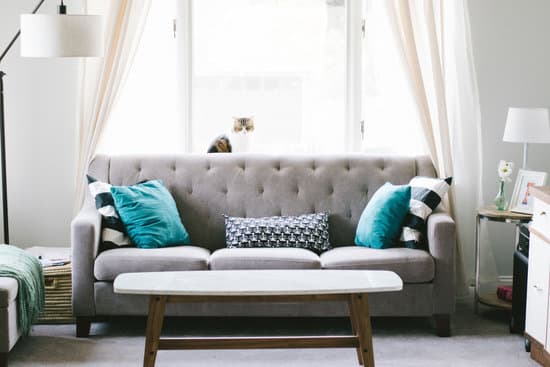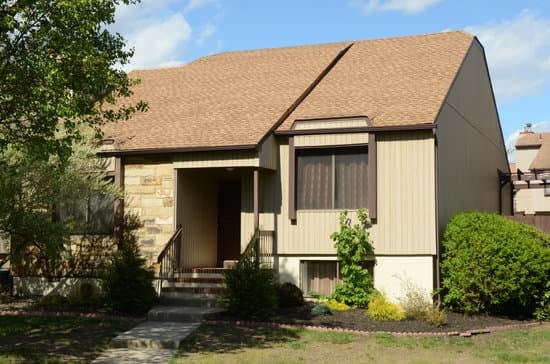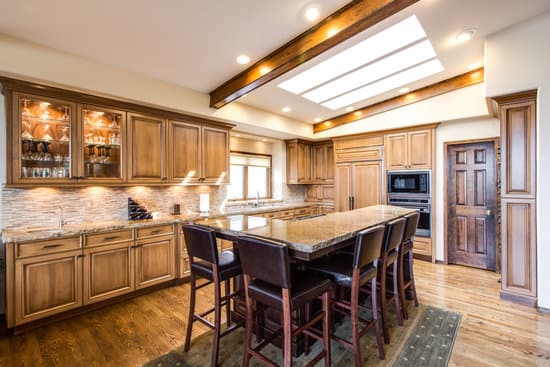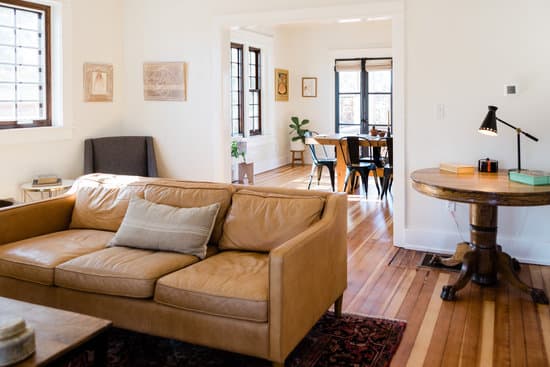Understanding the Significance of Tokonoma in Japanese House
In Japanese culture, a home is considered a reflection of one’s personality and way of life. The design of a Japanese house plays a key role in reflecting the values and beliefs of the people living inside. One of the central features of a traditional Japanese home is the tokonoma, a small alcove typically found in the living room or reception area. The word tokonoma is derived from two Japanese words, toko and ma, which mean bottom and space respectively. It is essentially a raised platform located at the back of a room, designed to display various art pieces such as ceramics, paintings, and flowers. The tokonoma serves as a focal point in the room where guests are received and is considered a highly decorative feature in Japanese homes.Unveiling the Beauty of Tokonoma and its Purpose
The primary purpose of a tokonoma is to act as a symbolic space for the display of art. It is where the cherished items owned by the household are showcased, such as a highly-valued vase or a painting from a renowned artist. The items in the tokonoma are changed periodically to reflect the seasons or occasion, providing guests with a glimpse of the homeowner’s aesthetic preferences. There is a sense of reverence that is associated with the tokonoma. The alcove is usually located on the wall facing the entrance to the room and is designed to evoke a sense of serenity and harmony. It is believed that a well-designed tokonoma can bring balance and positive energy to the room, creating an atmosphere of tranquility and serenity.The Art of Displaying Ceramics and Paintings in a Tokonoma
The art of displaying items in a tokonoma involves choosing the right pieces and arranging them in a way that creates a visual impact. A few common rules to follow are:- Choose an item of interest as the main piece and balance it with secondary items.
- Use a scroll or painting as a backdrop, if possible.
- Avoid arranging items in a straight line, instead opting for a diagonal or zigzag pattern.
- Keep the scale of the items proportional to the size of the alcove.
Exploring the Role of Flowers and Other Art in a Tokonoma
Flowers play a significant role in Japanese culture and are often included in tokonoma displays. The arrangement of flowers, known as ikebana, is an important art form that has been practiced for centuries. The arrangement of flowers in a tokonoma should elicit a sense of natural beauty and elegance, using simple, unadorned buds coupled with minimalistic containers. Other types of art, such as calligraphy or prints, may also be displayed. The art should reflect the mood of the room and evoke a feeling of calm or serenity.Creating Balance and Harmony through a Tokonoma
The principle of yin and yang, balance and harmony, is integral to Japanese culture. By incorporating the tokonoma into the design of a Japanese home, homeowners strive to achieve the balance and harmony that is necessary for a comfortable and peaceful living environment. The design of a tokonoma should complement the rest of the room and contribute to the overall aesthetic. The items selected should not be too flashy nor too plain and should be located in a spot that does not interrupt the balance of the room.The Tradition of Decorating with a Tokonoma in Japanese Homes
The tokonoma is a tradition that dates back to the 8th century, during the Heian period. It was initially used in temples and shrines, with the practice of displaying art spreading to noble households in the ensuing centuries. The tradition has continued to the present day and is still used in both traditional and modern Japanese homes. Despite being a traditional practice, the tokonoma has evolved over the years, and modern homes have incorporated it in new and innovative ways. While the practices associated with the tokonoma may have changed over time, the core principles of minimalism, balance, and harmony have remained the same.How to Design and Set Up Your Own Tokonoma in Your Home
Designing and setting up a tokonoma in your home is a way to incorporate Japanese aesthetics and culture into your living space. Here are a few steps to get started:- Identify the best location in your home for a tokonoma. It should be a highly visible area that receives a lot of natural light.
- Select a few pieces of art that fit your aesthetic preferences.
- Choose a simple backdrop, such as a scroll or painting, to complement the display.
- Arrange the items in a way that evokes a sense of balance and harmony.
- Remember to change the items in the tokonoma periodically to reflect the seasons or occasion.





















